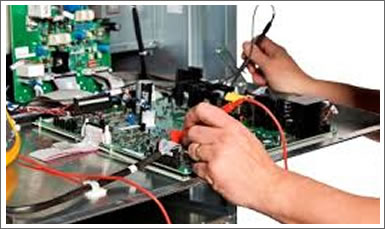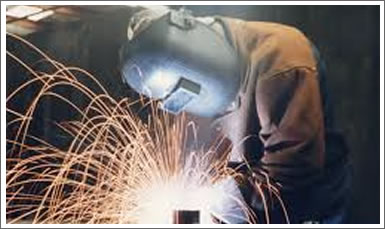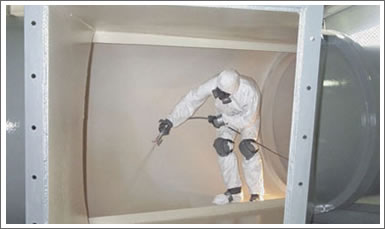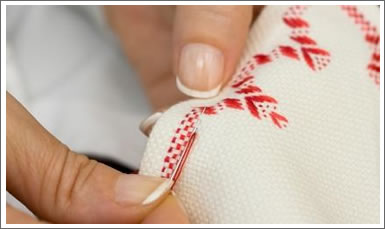20 - Week Modular Course on Basic Electronics & Repair and Maintenance of Inverter, UPS & Stabilizer

Total Credits – 18
Eligibility VIIIth Pass
TheoryContent
• Electrical and personal safety, dangers and preventions
• Multimeter and its various applications
• Basics of electricity – define DC, AC, practical measuring units of voltage, current, resistance. Types of transformers – its construction, testing
• Testing of proper earth using test lamp
• Testing of earth using multimeter
• Fuse – types, use of fuses and its rating
• Basic Electronics – passive and active components – testing of components, MOSFET – precautions when handling.
• Applications of transistor – its uses
• Op-Amp – Introduction, applications, construction, comparators
• Voltage Regulator and their types
• DIAC, SCR, TRIAC – application
• Digital electronics – gates and its application, multiplexers, de-multiplexers, counter
• Electrical load their VA and watts. Various types of batteries used in UPS and Inverters and their maintenance.
• Single phase and three phase system, different types of inverter, UPS, working principle, specifications, explanation with the help of block diagram, basic principle of working of power switches, testing methods, discussions of various faults, diagnosing methods, rectifying common faults.
Practical Content
•Practice procedure for electrical and personal safety measures
• Use of multimeter
• Testing of active and passive Components
• Testing of transformers
• Testing of semiconductor components
• Testing of unregulated and regulated Voltages
• Soldering and de-soldering techniques
• Assemble and test rectifier circuits – half wave, full wave & bridge rectifier
• Assemble a power amplifier circuit (ce,emitter follower)
• Assemble and test an audio power amplifier (buzzer)
• Construct a RC- oscillator and test it.
• Find the total load and select a suitable UPS/Inverter (rating factor)
• Installation of UPS and Inverters
• Maintenance of battery.
• Opening & dismantling an equipment and identifying the major parts, testing of major components, identifying transformers and checking, checking of power modules, charging, discharging and testing of batteries, repairing of SMPS, simulating various faults diagnosing and rectifying it.



